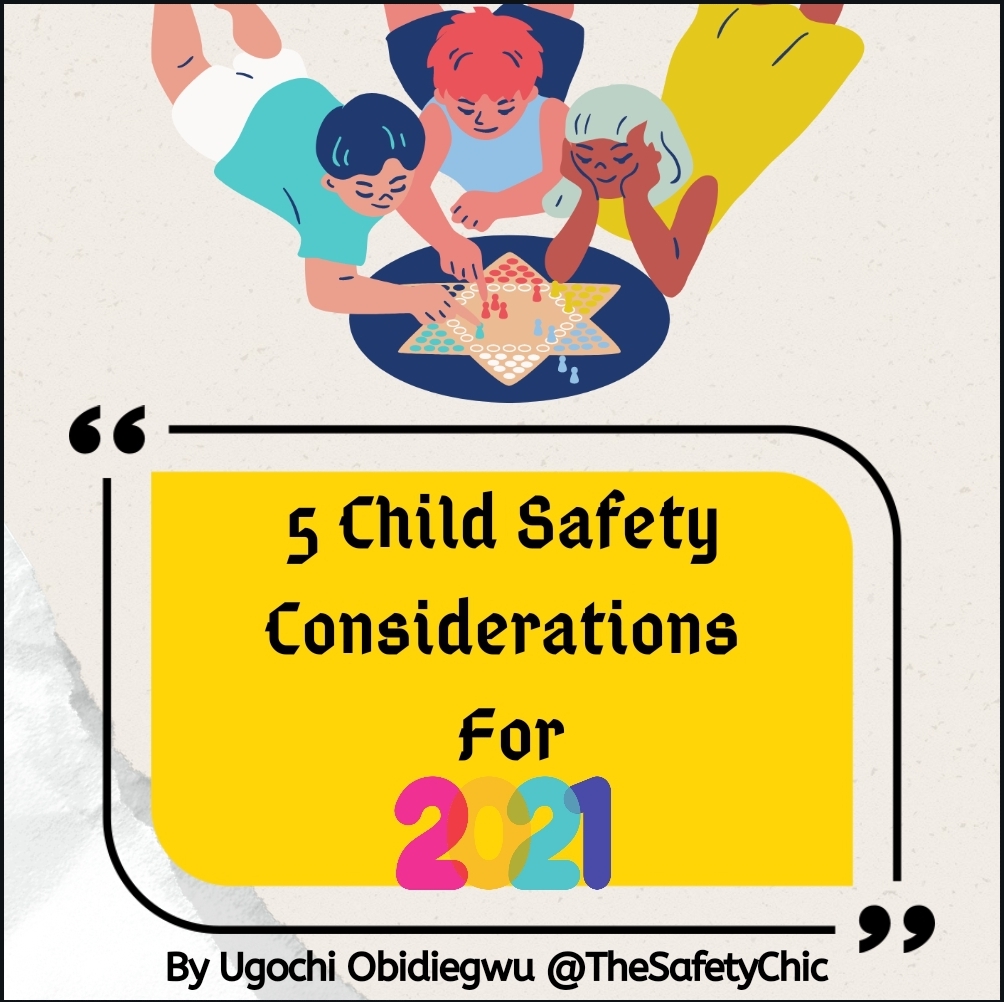On the 20th and 21st September, 2024, we hosted the first edition of Protect and Serve: The International Conference on Product Safety and Consumer Advocacy. This conference was hosted by Dr. D.Y.Patil Law College, The Safety Chic and Ramakrishna Law Firm and Research Center. The conference featured 4 technical sessions, 3 special guests, several moderators, chairpersons, judges and 7 keynote speakers from the academia, multilateral agencies, government institutions and the private sector. These global speakers came from 7 countries. The technical sessions were categorised around three major areas:
– Guardians of Growth: Advancing Safety Standards for Children’s Products
– Securing the Future: Enhancing Product Safety in the Digital Realm
– Green Guard: Integrating Sustainability with Product Safety
– And a special session on Food supplements safety and regulatory frameworks
The conference also featured brilliant presentations from our participants on variations of these themes and our amazing judges picked the following winners who won cash gifts.
1. First Best Paper: “A Critical Perspective on the Role of Social Media Influencers in product Safety and Consumer Protection’ by Dr. Thippeswamy, Assistant Professor, Sidhartha law College
2. Second Best Paper: “Assessing the Impact of Microplastics in Food: A Comparative Legal Analysis of India and Global Standards” by Ms. Shivani Dutta, Assistant Professor, Sol Dayananda Sagar University and Mr. Sanjay Utagi, Assistant Professor, Sol Dayananda Sagar University
3. Best Oral Presentation: “Product Safety in E-Commerce: A Consumer Protection Perspective” by Dr. Jehirul Islam, Associate Professor, School of Legal Studies, Central University of Kashmir
After listening to all sessions at this international conference, here are our top resolutions and recommendations.
1. International cooperation and collaboration is critical because consumer protection cannot be done in silos. A worldwide, collaborative effort would allow different countries to share and learn from best practices. To achieve this:
– Product Safety Clauses should be included in Trade Agreements. Embedding product safety requirements into international trade agreements, holds all parties accountable for adhering to stringent safety standards. This will ensure the safety of goods exchanged globally.
– Cross-Border Consumer Protection Networks should be established. Networks of consumer protection agencies should be created across borders to monitor and enforce product safety globally. This will enhance coordination and quick action against unsafe products sold internationally.
– Harmonization of product safety standards and regulations globally will ensure effective consumer protection and safety in a digital world. This ensures that internationally traded goods meet the highest global safety standards. This will facilitate safer global trade and consumer protection.
2. Establishment of a Global Children’s Product Safety Standard and advertising regulations. A globally recognized safety standard for children’s products should be developed, ensuring rigorous testing and certification of products before market entry. This will help prevent unsafe products from reaching vulnerable consumers. There must also be widespread campaigns to educate parents on identifying safe products for their children. These campaigns should focus on clear labeling, potential risks, and informed decision-making. Introduce regulations to prevent targeted advertising of unsafe or unapproved products to minors. Strict measures should be in place to monitor and block inappropriate ads.
3. Consumer rights awareness is crucial. Training of consumers is important across levels starting from schools and expanding it to adults. The media should be a partner and enabler for awareness and feedback
4. Regulation of E-Commerce Platforms for Product Safety. To ensure digital transparency, e-commerce platforms should provide comprehensive and clear safety information for all products, including origin, certification, and test results. This transparency will empower consumers to make safer purchasing decisions. Vetting is also important otherwise, the e-commerce platform can be held accountable for any unsafe products sold through their listings
5. Incorporation of Sustainability into Product Safety and consumer protection. We achieve this through:
– Product safety regulations that include sustainability metrics to ensure products are both safe for consumers and environmentally friendly. This sustainability must be integrated in every stage of a product’s life cycle. This integration will promote long-term consumer and environmental well-being.
– Development of a Green Product Certification System. This will be a certification process for products that meet both safety and environmental sustainability standards. This system will help consumers identify eco-friendly and safe products easily.
6. Amplify product safety guidelines and measures for manufacturers across key areas such as:
– Promoting Circular Economy Practices for Manufacturers. Manufacturers should be encouraged to adopt circular economy practices, where products are designed for reuse, recycling, or composting. This will minimize environmental impact and promote sustainable production.
– Enforcing stricter Penalties for Violations of Safety Standards. There should be significant financial and legal penalties for companies that fail to meet product safety standards, with particular emphasis on repeat offenders. This will deter manufacturers from compromising consumer safety for profit.
– Introducing a Mandatory Safety Pledge for Manufacturers. Manufacturers should be required to sign a binding safety pledge, committing to uphold high safety standards in product development and distribution. Non-compliance with this pledge should carry legal consequences.
7. Implement good practice of Annual Public Safety Reporting. Companies should be required to publish annual safety reports, detailing their safety measures, recalls, and compliance with regulations. These reports will foster greater accountability and transparency in product safety practices. Companies that violate safety standards should be required to publicly disclose their failures and outline the corrective actions taken. This will promote transparency and consumer confidence.
8. Regulate AI and IoT Products for Safety. Establish safety regulations for AI and IoT devices, ensuring they undergo rigorous testing for security, privacy, and operational safety. These products should meet high standards to protect consumers from risks.
9. Strengthen Consumer Data Protection Laws to safeguard consumers’ personal information, particularly in the digital economy. Penalties should be imposed for companies that fail to protect user data or misuse it.
10. Promote Corporate Social Responsibility (CSR) in Product Safety. We must encourage businesses to incorporate product safety into their CSR strategies, ensuring consumer protection is a priority. This will help build public trust and long-term brand loyalty.
We look forward to individuals, organizations and institutions integrating these resolutions and recommendations in their work.




